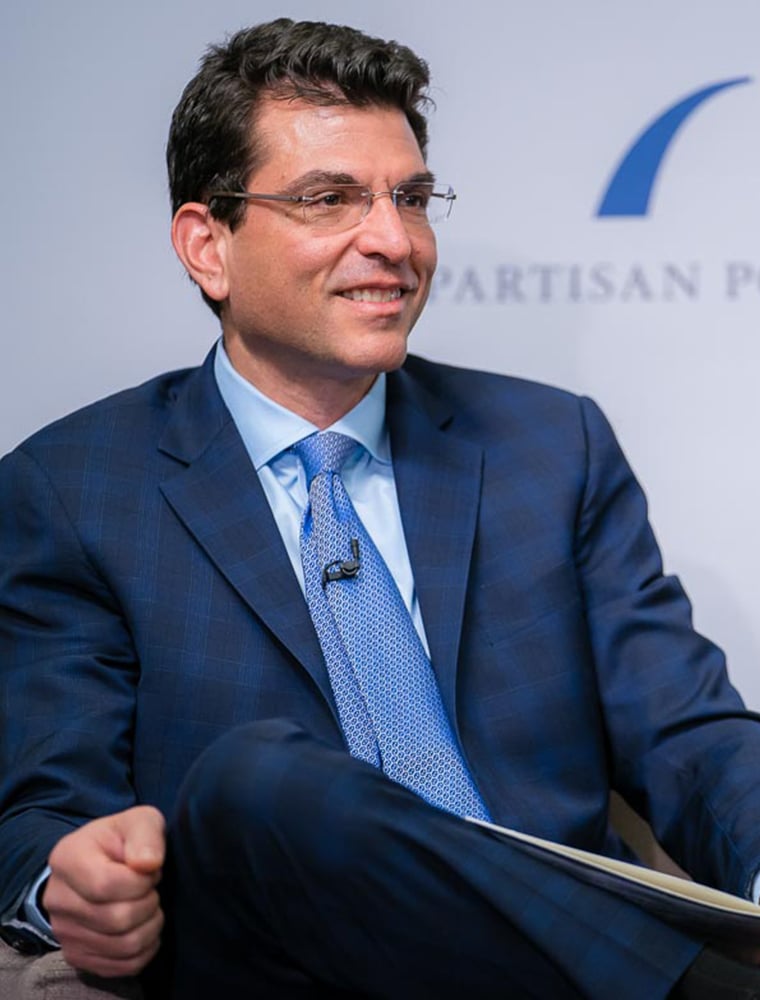It doesn’t have to be this way. Congress has the power to restore public confidence and self-dignity simply by doing its basic duties: examining the nation’s needs and problems and legislating reasonable responses. To succeed, Congress must have the courage to restore some of the tools that any institution needs to work effectively and solve problems.
The Bipartisan Policy Center’s Commission on Political Reform has studied these issues and proposed commonsense reforms. While skeptics may claim some of these are politically difficult, they should consider the “political difficulty” of continued dysfunction. Ultimately, there is one, and only one, way for Congress to regain public trust and support: Get Things Done.
Some of these reforms are easy and publicly noncontroversial. For instance, the House and Senate should schedule synchronized five-day workweeks in Washington, with three weeks in session followed by a one-week recess. Lawmakers spend far too much time in (and traveling to and from) their districts, and not enough time in Washington getting to know one another and mastering their key committees’ subject areas. It is inconceivable that we seek to govern our diverse and complex nation principally on Wednesdays. As unseemly as the mid-January shutdown was, senators said it forced meaningful private talks between Republicans and Democrats—something that should happen in advance of future crises.
Both chambers should continue the House’s recent practice of allowing committees to work every morning without the interruption of floor business and votes. Congressional committees are the engines of our democracy. Empowering them—and, by implication, reducing the power of leadership—would go a long way toward improving the legislative process. Substantive legislation should not reach the House or Senate floor without the benefit of committee deliberations. Legislation with broad committee support should expect to receive floor consideration, and members should have a minimum of three days to study these bills. Finally, full-fledged conference committees should resolve differences between House and Senate versions of important legislation.
OTHER MUCH-NEEDED CHANGES INCLUDE:
Step away from the TV lights: The recent shutdown was solved in large part by the self-described Common Sense Coalition that met in Sen. Susan Collins’ office to hammer out an agreement. The most important difference between the senator’s office and the floor of the Senate is “no cameras.” Lawmakers must reassert the importance of negotiating in private and presenting their agreements and explanations to the nation.
Guarantee some deliberation: Last year, the Senate considered far too few committee bills on the floor with a robust amendment process.
Get the budget process back on track: Congress should adopt a biennial budget process that includes two-year budget resolutions and appropriations bills. To help with enforcement, it must consider enacting two-year ceilings on discretionary spending.
Article I and Article II of the Constitution should get together: The president should hold regular, monthly meetings with congressional leaders and be invited to attend joint congressional caucuses twice a year.
Modernize the institution: Lawmakers should convene a Joint Committee on the Organization of Congress. The last time Congress looked in the mirror was 1992. A lot has happened since, domestically and internationally. Congress is not designed for the modern era. It’s time for a serious bipartisan effort to modernize the institution.
Stop the one-party rule changes: Senate policy should call for changing its rules at the start of a new Congress. Rule changes would require a two-thirds vote in the chamber.
Reform and restore earmarks: Enabling Congress to direct up to 1 percent of the budget to address constituent priorities will strengthen its capacity to make hard decisions (e.g., reduce the $20 trillion deficit). It is possible to design a transparent and deliberative process deserving of public trust.
Congress’ shortcomings are painfully obvious, but they’re not unsolvable. It is time for our resilient democracy to stand up for itself and reclaim the tools it needs to solve tough problems.





